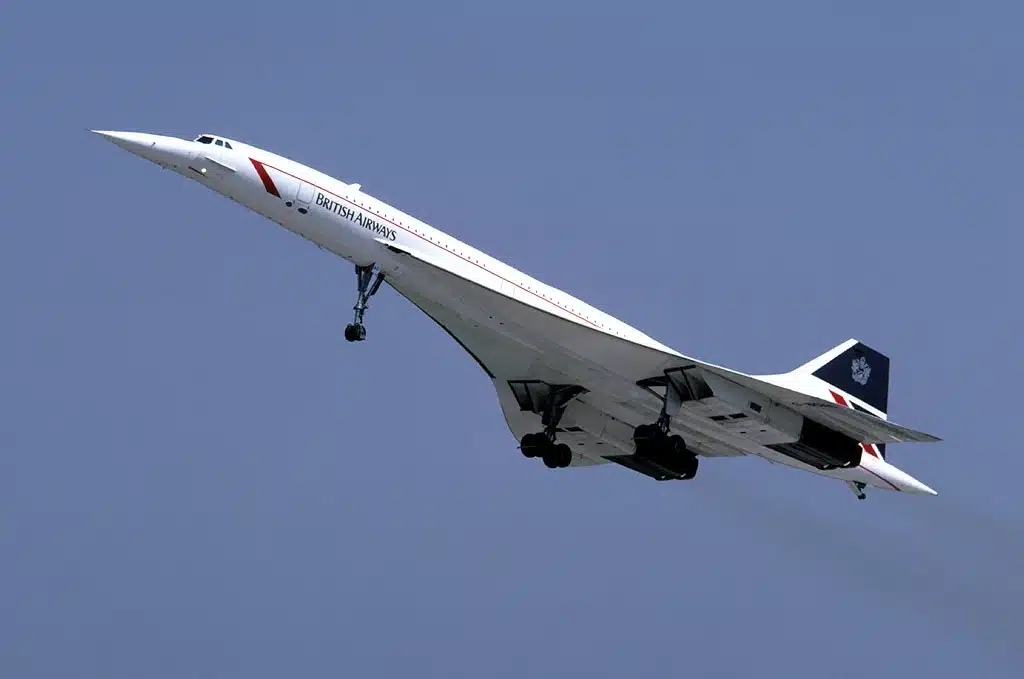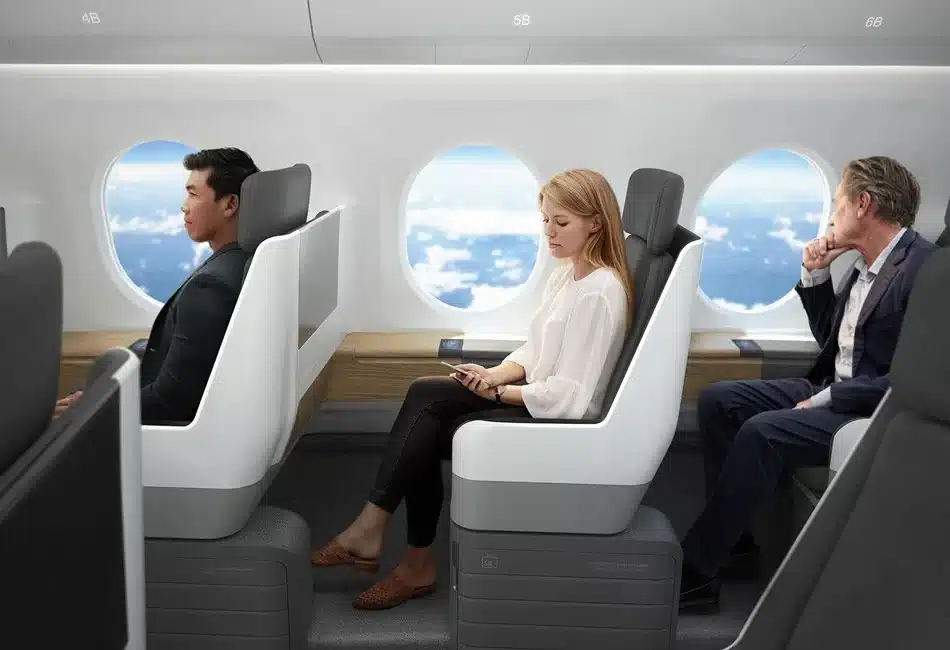» Home » Travel News » The Return of Supersonic Travel: What New Routes Mean for Travelers
After nearly two decades since the retirement of the iconic Concorde in 2003, supersonic passenger travel is poised for a remarkable comeback. With several companies making significant strides in development and airlines announcing initial routes, the promise of drastically reduced travel times is becoming a reality for travelers, but it will surely come at a cost. A ticket on Concorde cost around $66,000 in today’s dollars, though it is expected that costs will be less on the Overture. Here’s what this aviation renaissance means for international journeys in the coming years.

The Concorde was a supersonic airliner jointly developed and manufactured by France and the United Kingdom. It was the first commercial supersonic passenger plane and was known for its speed and luxurious travel.
Unlike the Concorde, which was limited by its loud sonic boom to transoceanic routes, the new generation of supersonic aircraft aims to address previous limitations:
Boom Supersonic’s Overture aircraft has progressed through critical design reviews and is scheduled to begin commercial service with United Airlines by late 2029 or early 2030. The aircraft promises to carry 65-88 passengers at Mach 1.7 (about 1,300 mph), cutting flight times nearly in half compared to conventional aircraft.
The Overture addresses the sonic boom issue through advanced aerodynamic design that reduces the impact of supersonic flight over land. While still primarily designed for overwater routes, this innovation potentially opens more route possibilities than were available to Concorde.


Several major carriers have placed firm orders and announced initial route plans:
United Airlines, with its order for 15 Overture aircraft (plus options for 35 more), is anticipated to operate the aircraft primarily on transatlantic and transpacific routes. Initial services are expected to include Newark to London and San Francisco to Tokyo, with flight times reduced to approximately 3.5 and 6 hours respectively.
Japan Airlines, an early investor in Boom Supersonic, has indicated plans to operate the aircraft on routes connecting Tokyo with major West Coast destinations, potentially revolutionizing transpacific business travel.
The business model for these new supersonic services differs significantly from traditional premium air travel:
Initial pricing is expected to be comparable to current business class or first class fares, rather than requiring the substantial premium that Concorde commanded. This positioning aims to make supersonic travel accessible to a broader segment of premium travelers.
Airlines are planning to market the time savings as the primary value proposition, particularly appealing to business travelers for whom time is literally money. A round-trip transatlantic journey could save nearly an entire business day compared to conventional flights.
Sustainability concerns have been central to the development of these new aircraft:
Boom Supersonic has committed to net-zero carbon operations from day one, planning to use 100% sustainable aviation fuel (SAF). The company has partnered with Prometheus Fuels to develop synthetic fuels that capture carbon dioxide from the air.
Despite these commitments, environmental groups have raised concerns about the higher fuel consumption inherent to supersonic flight. The industry acknowledges that even with SAF, supersonic travel will have a larger carbon footprint per passenger than subsonic alternatives.
The return of supersonic travel creates several considerations for discerning travelers:
Adjusted travel patterns: With significantly reduced flight times, same-day return trips become feasible for routes like New York to London, potentially eliminating overnight accommodations for business travelers.
Reduced jet lag: Shorter flight durations may help minimize the physical toll of long-haul travel, though the higher cruising altitude of supersonic aircraft (around 60,000 feet) creates other physiological considerations.
Premium experience: Airlines are designing bespoke service concepts for these aircraft, focusing on efficiency while maintaining luxury. Expect streamlined boarding processes and carefully choreographed inflight service to maximize the benefits of shorter flight times.
As these services prepare to launch, travelers should consider:
Initial routes will be limited and frequency will likely be lower than conventional services. Booking well in advance will be essential, particularly during the first years of operation.
Loyalty program strategies may need adjustment, as these flights will likely command higher mileage redemption rates but deliver exceptional time value for point utilization.
With our partnerships, Confident Travel is staying on top of the latest updates in the aviation world to help you plan accordingly. Our expertise in crafting seamless itineraries will help clients maximize the time savings of supersonic travel, potentially enabling more destinations within the same vacation period.
The return of supersonic travel represents a significant evolution in luxury travel, promising to reconnect distant destinations in ways not possible since Concorde’s retirement. While commercial service is still on the horizon, forward-thinking travelers are already considering how these dramatically reduced flight times might transform their future journeys.
Let us know about yourself and how we can help!